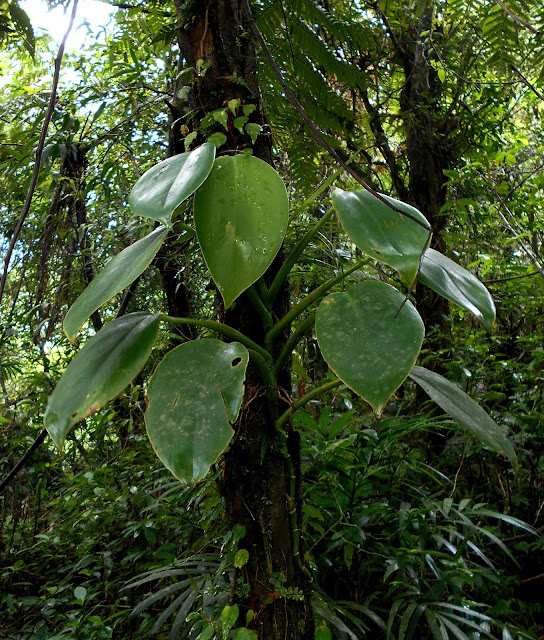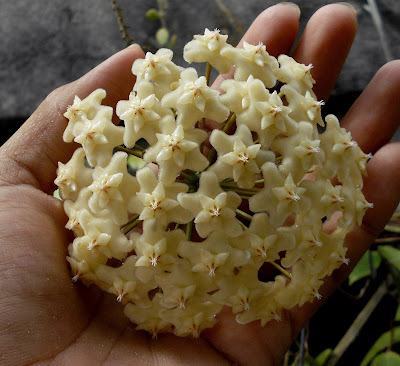The unusual and majestic Rhaphidophora monticola

The current popularity of aroids around the world has brought into spotlight several previously obscure species of the species-rich Anthurium as well as Philodendron and Monstera. This triumvirate of Neotropical aroids form the bulk of Araceae found in very many private collections worldwide, but monsteroid genera from Asia, particularly Rhaphidophora , are increasingly being regarded as worthwhile subjects too, especially the widespread and very variable R. korthalsii . In the Philippines, one species stands out among all the other known species to date, but is virtually unknown in horticultural circles- R. monticola . Rhapidophora monticola was described (as ' Rapidophora monticola ') in 1910 by Kurt Krause in Botanische Jahrbucher fur Systematik, Pflanzengeschichte und Pflanzengeographie (Botanical Yearbook for Systematics, Plant History and Plant Geography) based from specimens collected by A.D.E. Elmer in Cuernos Mountains in Dumaguete, Negros Oriental in June, 19...
